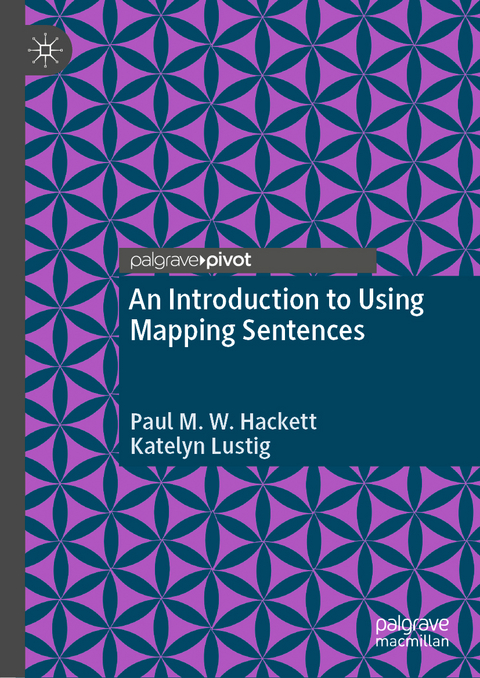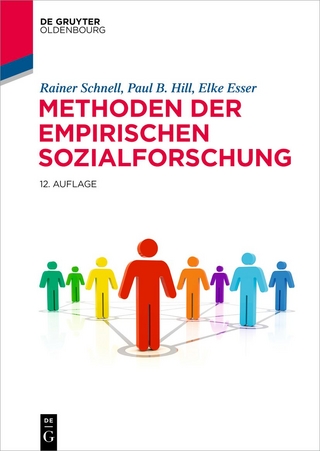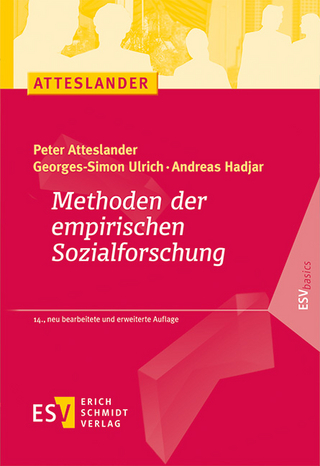
An Introduction to Using Mapping Sentences
Springer International Publishing (Verlag)
978-3-030-78581-9 (ISBN)
This book acts as an introductory guide to understanding and using the mapping sentence as a tool in social science and humanities research. The book fills the need for a concise text that simply instructs how and when to use a mapping sentence and provides practical examples. Mapping sentences are a major research component and tool of facet theory. The book begins by covering the background to mapping sentence, including the philosophy and theory underpinning it. The following chapter discuss what mapping sentence is, what different kinds of mapping sentences exist, and knowing when and which to use it in a given situation. The book then moves into describing how to write a mapping sentence and how to analyse the information gained from mapping sentence research. It ends with a consideration of the future developments of mapping sentences and their applications across the social sciences and humanities, including in particular psychology, marketing, behavioural biology,art and health.
lt;p>Paul M.W. Hackett is a visiting professor at the University of Suffolk, UK and has published widely on facet theory in books and articles. He has PhDs in psychology and in art and has held academic positions at Durham, Cambridge, Oxford and Birmingham in the UK and at Tufts Universities and Emerson College in the US. Hackett developed the declarative mapping sentence as an approach to qualitative and philosophically oriented research.
Katelyn Lustig is a writer and researcher with a bachelor's degree in marketing communication from Emerson College, USA. She has co-authored two books on Facet theory and the mapping sentence. She translates these research tools and theories in a manner that students may be able to better understand and appreciate in simpler terms.
Chapter 1 Background to Facet Theory.- Chapter 2 Mapping sentences defined.- Chapter 3 Different types of mapping sentences.- Chapter 4 Developing a mapping sentence.- Chapter 5 Examples of Mapping sentences.- Chapter 6 Analysing the information that arises from research designed using a mapping sentence.- Chapter 7 Conclusions.
| Erscheinungsdatum | 26.08.2021 |
|---|---|
| Zusatzinfo | XIX, 105 p. 18 illus., 1 illus. in color. |
| Verlagsort | Cham |
| Sprache | englisch |
| Maße | 148 x 210 mm |
| Gewicht | 273 g |
| Themenwelt | Geisteswissenschaften ► Psychologie |
| Sozialwissenschaften ► Pädagogik | |
| Sozialwissenschaften ► Soziologie ► Empirische Sozialforschung | |
| Schlagworte | Applied Philosophy • Applied Psychological Measurement • data analysis in social science research • data analysis tools • Declarative Mapping Sentences • Facet Theory • how to design a research study • Mapping sentence • mixed-method research • qualitative and quantitative research methods • Research design • Social Research • Theoretical Psychology |
| ISBN-10 | 3-030-78581-5 / 3030785815 |
| ISBN-13 | 978-3-030-78581-9 / 9783030785819 |
| Zustand | Neuware |
| Haben Sie eine Frage zum Produkt? |
aus dem Bereich


